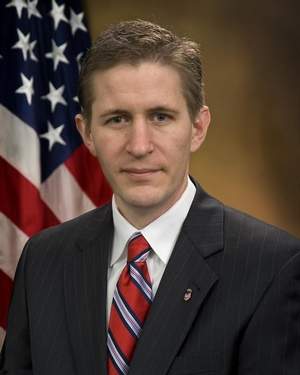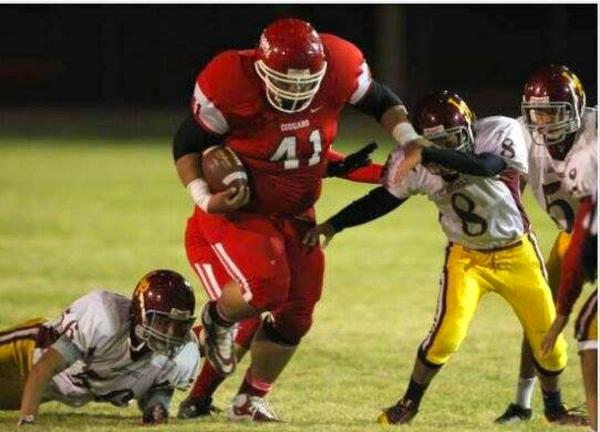Gale Courey Toensing, ICTMN
Sen. Dianne Feinstein (D-California) continued her battle against Indian gaming in testimony before the Senate Committee on Indian Affairs recently, expanding her opposition to off reservation gaming to include federal recognition of additional California tribes, new casinos in other states, the Interior Department’s statutory authority over gaming and land issues and more.
Feinstein was among five panelists testifying at a SCIA oversight hearing Nov. 20, called “Carcieri: Bringing Certainty to Trust Land Acquisitions.” The other were Interior Department Assistant Secretary – Indian Affairs Kevin Washburn, of the National Congress of American Indians Executive Director Jacqueline Johnson-Pata, Marshall Pierite, the chair of the Tunica-Biloxi Tribe of Louisiana and co-chairman of the United South and Eastern Tribes (USET) Carcieri Task Force, and Diane Dillon, of the Napa County Board of Supervisors.
In her opening remarks, SCIA Chairwoman Maria Cantwell (D-Washington) talked about the Indian Reorganization Act (IRA) of 1934 as an effort to restore some of the 90 million-plus acres of indigenous land taken during the “failed policies” of the 19th century. Since 1934 the federal government has taken approximately 10 million acres of land into trust , Cantwell said, adding that less than one percent of it has been for gaming.
But a 2009 Supreme Court ruling put a halt to 75 years of Indian land restoration. February 24, 2014, will mark the fifth anniversary of the high court’s ruling in Carcieri v. Salazar, an anti-Indian sovereignty decision that curbed the Interior Secretary’s authority to take land into trust for tribes recognized after 1934 when the IRA was enacted, creating a loss of economic opportunity, stalled infrastructure projects and increased litigation, Cantwell said. So far a “clean Carcieri fix” that would clarify the Secretary’s authority to take land into trust for all federally recognized tribes has eluded congressional action. The IRA was enacted 54 years before the Indian Gaming Regulatory Act – and had nothing to do with gaming, but Feinstein continues to conflate trust land with gaming. “[A]ny Carcieri fix must address concerns about tribal gaming,” she told the committee.
Feinstein noted that “there are more than 100 federally recognized tribes in California” and warned that “many more” tribes will seek recognition — and casinos — in the near future. “But what really sets California apart is the scale of the tribal gaming industry,” she said. She seemed to complain about the success of the state’s 70 Indian gaming facilities in generating $6.78 billion in revenue 2010 — “more than twice that of any other state. By that measure, it is approaching the size of the gaming industry in Nevada, which is valued at just over copy0 billion,” she said.
RELATED: S.477: The Real Game Now Begins
She also complained about what she calls “reservation shopping” by tribes in Wisconsin, Michigan, Arizona and Oregon and advocated for local decision-making input on casinos, based on a NIMBY (Not In My Back Yard) argument. “I strongly believe that local governments must have the ability to influence the terms and conditions of the development of new casinos, especially because many communities simply do not want new casinos in their backyard,” Feinstein said.
She lobbied for passage of her Tribal Gaming Eligibility Act, which she re-introduced this year.
RELATED: Senator Feinstein Is Scarier Than Frankenstein for Indian Country
Senator Feinstein’s New Bill: ‘It’s a Travesty’
Indian gaming experts reacted strongly. Michael Anderson (Muscogee Nation), owner of Anderson Indian Law, said Feinstein was out of sync with the facts on the ground. “I think the Assistant Secretary Kevin Washburn did an excellent job presenting the administration’s perspective on the limited number of gaming applications that are actually at issue in that there have been about 1500 applications approved during the Obama administration and around 20 have been gaming applications. So it’s a very marginal issue in terms of the overall land into trust program,” Anderson said.
He said the senator “grossly exaggerated” the potential impact of new “Two Part” land into trust decisions — those application seeking trust status for land acquired after IGRA was enacted in October 1988. “Although the two or three that have been approved by the administration have been extremely controversial the idea that there’s going to be some kind of avalanche of new applications is overblown.”
Feinstein largely aimed her opposition on Indian gaming in general, Anderson said. “I’d be very concerned that there would be any traction to amending the IGRA with respect to fee to trust or Carcieri decisions so I hope the administration and the Congress would remain committed to a clean Carcieri fix — I believe any compromise involving IGRA would be a dirty fix,” Anderson said
Tom Rodgers, a citizen of the Blackfeet Nation and owner of Carlyle Consulting, warned against history repeating itself. “History should inform the present not imprison. The ancestral history of California is one of extermination and genocide toward Native Americans,” Rodgers said. “Now the modern day politics of economic exclusion is the preferred method.”
Read more at http://indiancountrytodaymedianetwork.com/2013/12/02/feinstein-carcieri-fix-must-address-concerns-about-tribal-gaming-152514



















